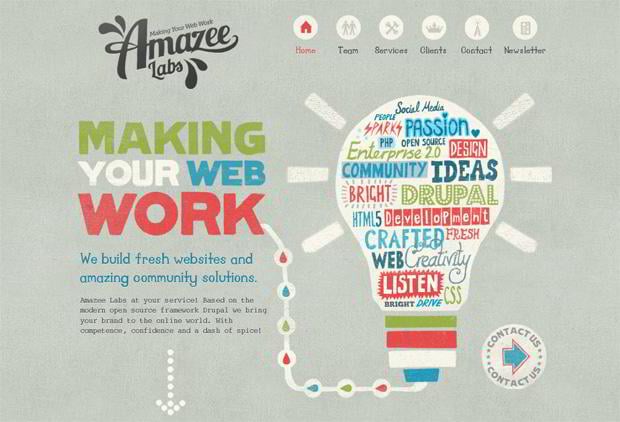Basic Facets Of Website Design: Guidelines For Creating A User-Centric Website
Basic Facets Of Website Design: Guidelines For Creating A User-Centric Website
Blog Article
Material By-Crews Thrane
When it comes to web site style, guaranteeing user-friendliness is essential. From https://raymondoidxs.blog-ezine.com/31248432/from-vision-to-release-understanding-web-site-development-skills to structured navigation, every component plays a critical duty in developing a website that accommodates your audience's needs. However what about the finer details that can make or break a user's browsing experience? Keep tuned as we discover some often-overlooked tips that can boost your site's use to the following degree, making it absolutely stick out in the digital landscape.
Importance of Responsive Layout
Receptive design is an essential aspect of modern-day site advancement. Ensuring your website is receptive means that it can adapt to different screen sizes and devices, giving a smooth experience for customers.
With the enhancing use smart devices and tablet computers to access the net, having a receptive design is vital for getting to a wider audience. It helps in improving individual experience by making your web site very easy to browse and read on any type of device.
Furthermore, responsive style can favorably influence your online search engine positions, as internet search engine like Google focus on mobile-friendly websites. By having a receptive layout, you're also future-proofing your internet site, as brand-new devices with varying screen sizes remain to emerge.
Simplify Navigating Framework
To boost user experience and facilitate simple access to details on your website, streamlining the navigating framework is critical. When designing your site, concentrate on developing a clear and intuitive navigating menu that aids site visitors find what they're searching for swiftly.
Limitation the number of menu things to the fundamentals, grouping related pages with each other to avoid overwhelming individuals. Usage detailed labels that plainly suggest the content of each page, making it easier for customers to recognize where each web link will take them.
Consider executing dropdown menus for subcategories to prevent jumbling the major navigating bar. Furthermore, consist of a search bar plainly on the web page for individuals that choose looking for specific information.
Prioritize mobile responsiveness in your navigating layout to make certain easy access on all gadgets.
Optimize Web Page Lots Rate
Improving page lots rate is essential for keeping site visitors on your internet site. Slow-loading web pages frustrate individuals and can cause high bounce rates. To enhance page load speed, begin by maximizing images. Compress images without compromising quality to reduce their data dimensions.
Additionally, allow seo engine caching to keep frequently accessed sources in your area, quickening tons times for returning visitors. Minify CSS, JavaScript, and HTML documents by eliminating unnecessary characters, remarks, and format, improving load speed.
Take into consideration making use of a material distribution network (CDN) to distribute your internet site's content throughout numerous servers worldwide, minimizing latency for customers accessing your site from various areas. Lastly, restrict using third-party scripts and plugins, as they can significantly influence load times.
Final thought
Finally, by incorporating responsive design, simplifying navigation, and optimizing web page lots speed, you can produce an user-friendly site that attract a wider audience and enhances user experience. https://www.bizcommunity.com/Article/196/16/226834.html make sure that site visitors can conveniently gain access to and navigate your website throughout different tools, causing enhanced engagement and fulfillment. By focusing on these vital facets, you can construct a successful web site that maintains individuals returning for more.
